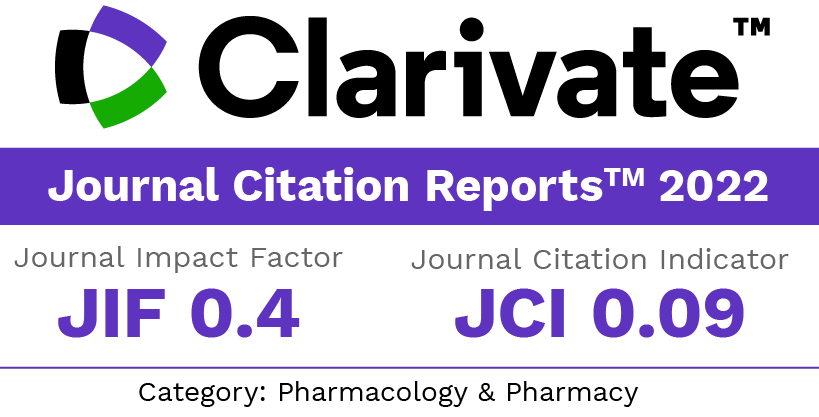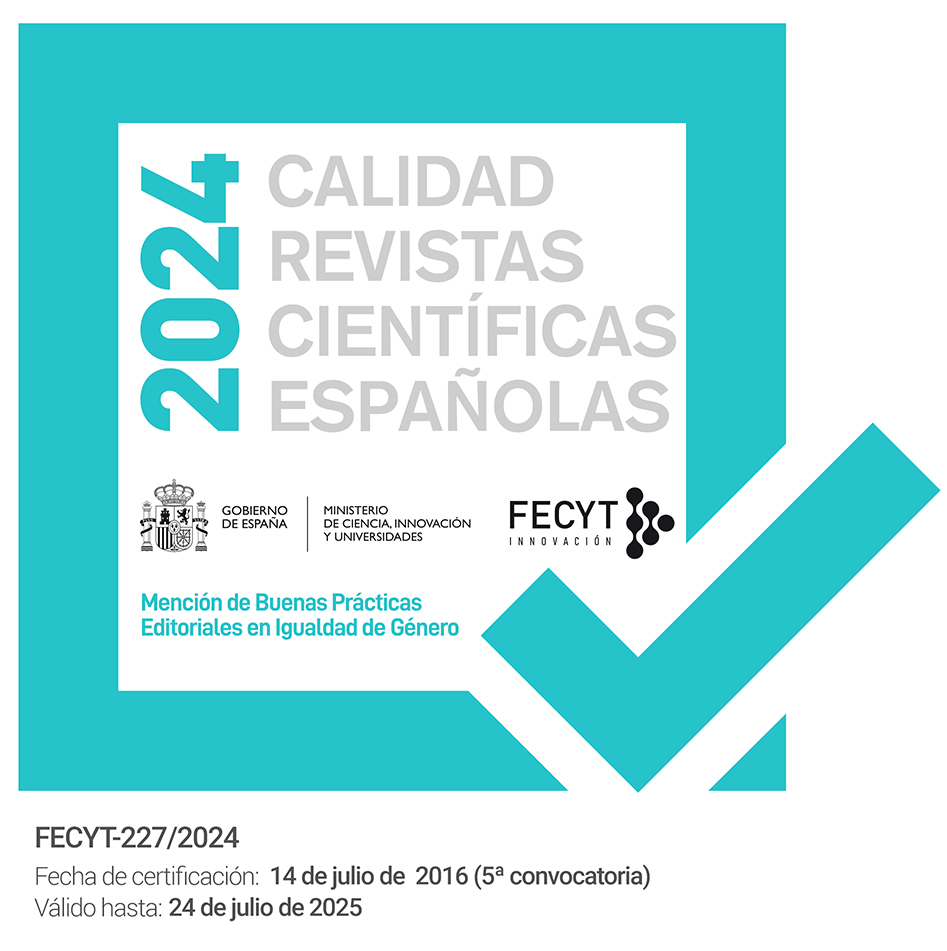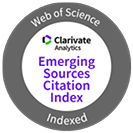Treatment of the cardiovascular remodeling in hypertensive patients
Abstract
The heart adapts to increasing afterload, such as that which occurs in arterial
hypertension with an increase in wall thickness (left ventricular hipertrophy) in order to
bring wall stress back to normal. Adult cardiac myocytes are unable to proliferate, so that
myocyte hypertrophy is the hallmark of left ventricular hipertrophy. Cardiac remodelling,
however, involves not only myocyte growth but also hypertrophy/hyperplasia of nonmyocyte
cells within the myocardium. The result is a perivascular and intersticial fibrosis that
impair myocardial stiffuess. In response to increased arterial pressure, the vessel structure
is altered such that the ratio of the width of the wall to the width of the lumen is
increased by either an increase in mass or rearrangements of vascular smooth muscle
cells and other cellular and noncellular elements of the vascular wall. These changes
increased vascular reactivity, potentiated the increase in peripheral vascular resistance
characteristic of hypertension and attenuated the coronary reserve to ischemic provocation.
The poor correlation between blood pressure and the magnitude of cardiovascular remodelling
strongly suggests a role for nonhemodynarnic factors in its pathogenesis (i.e. neurohumoral
activation, neurogenic stimuli, genetic predisposition, gender, age and race). An increase
in sympathetic (cd-adrenoceptors) and renin-angiotensin-aldosterone systerns (ATl receptors)
piay an important role in both cardiac myocyte and nonmyocyte growth and remodelling.
Experimental and clinical studies have demonstrated that all antihypertensive agents may
prevent or cause regression of cardiovascular remodelling. However, despite their equipotent
blood-lowering effects, there are not only marked differences in the ability of different
types of antihypertensive drugs to prevent or reverse cardiovascular remodelling but also
whithin the same class of pharmacological drugs. Antihypertensive drugs that modulate
the sympathetic or renin-angiotensin-aldosterone systems or the intracellular free Ca
concentration can reverse cardiovascular remodelling, this effect being more pronounced
with ACE inhibitors. Reflex neurohumoral activation may be responsible for the failure
of sorne antihypertensive drugs to produce regress cardiovascular remodelling (diuretics,
vasodilators, ~-blockers with intrinsic sympathomirnetic activity and dihydropyridines),
even through they reduce arterial blood presure to normotensive levels.
It is therefore, logical to suggest that a more ambitious approach to modem treatrnent
of hypertension would not only be to reduce elevated blood pressure, but also to introduce
an important additional goal, namely to attain regression of structurally remodelled heart
and vasculture to, or toward, normal structure and function. Only this therapeutic approach
might truly reduce the risk of cardiovascular complications in the hipertensive patient.
Downloads
References
H. P., DZAU, V., FAUAD-TARAZI, F., HORAN, M. J., MARCUS, M., MASIE, B.,
PFEFFER, M. A., RE RN, ROCCELLA, E. J., SAVAGE, D. and SHUB, C.: "The heart
in hypertension". N. Engl. J. Med., 1992; 327:998-1008.
WEBER, K. T., BRILLA, C. G.: "Pathological hypertrophy and cardiac interstitium:
fibrosis and renin-angiotensin-aldosterone system". Circulation, 1991 ; 83:1849-1865.
WEBER, K. T., ANVERSA, P., ARMSTRONG, P. W., BRILLA, C. G., BURNETT, JR.
1. c., CRUlCKSHANK, J. M., DEVEREUX, R. B., GILES, T. D., KORSGAARD, N.,
LEIER, C. V., MENDELSOHN, F. A. O., MOTZ, W. H., MULVANY, M. J. and
STRAUER, B. E.: "Remodeling and reparation of the cardiovascular system". J. Am.
Coll. Cardiol. 1992; 20: 3-16.
DÍEZ, J.: El Corazón en la Hipertensión Arterial. Ed. Doyma. Barcelona. 1992: 1-240
Downloads
Published
How to Cite
Issue
Section
License
The articles, which are published in this journal, are subject to the following terms in relation to the rights of patrimonial or exploitation:
- The authors will keep their copyright and guarantee to the journal the right of first publication of their work, which will be distributed with a Creative Commons BY-NC-SA 4.0 license that allows third parties to reuse the work whenever its author, quote the original source and do not make commercial use of it.
b. The authors may adopt other non-exclusive licensing agreements for the distribution of the published version of the work (e.g., deposit it in an institutional telematic file or publish it in a monographic volume) provided that the original source of its publication is indicated.
c. Authors are allowed and advised to disseminate their work through the Internet (e.g. in institutional repositories or on their website) before and during the submission process, which can produce interesting exchanges and increase citations of the published work. (See The effect of open access).


















